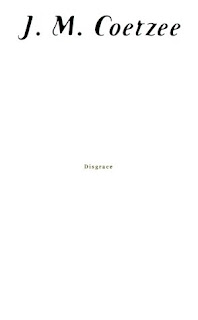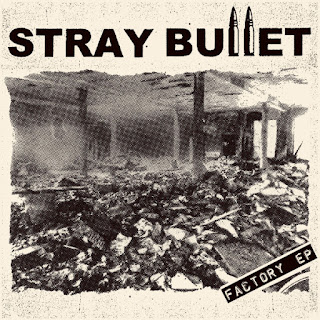Sobriquet 42.4
The following post was originally published on 5/3/08.
Not too long ago, a friend of mine in our university's Philosophy department mentioned that many of his peers dislike the ways in which literary scholars appropriate philosophical writing when discussing novels, plays, and poetry. Those of us engaged in literary study -- especially, he says, those folks in Comparative Literature -- have a reputation for avoiding the clarity of language with which most philosophy scholars seek to present their ideas.
So, when I began reading Paul Patton's Deleuzean "Becoming-Animal and Pure Life in Coetzee's Disgrace," I expected to find myself bombarded with the sort of poststructuralist language my friend accuses my fellow literary scholars of using to render clear ideas opaque.
This was not the case.
Patton's essay is a remarkably clear reading of Coetzee's novel through the lens of Gilles Deleuze's vitalist philosophy. Through the process of becoming-animal, Patton argues, David Lurie comes to a greater understanding of who he is, what his place is in the world, and how he can achieve a greater sense of peace in life despite the inevitability of his own mortality.
So, I thought, my friend is wrong! Here's a wonderful example of a literary scholar writing with the precise sort of prose he'd accused us of lacking! Yay for our team, right?
Nope.
As it turns out, Paul Patton is a Philosophy professor at the University of New South Wales.
D'oh.
At any rate, when I published an essay on Disgrace several years ago, I, too, read the novel as a portrait of David Lurie's existential maturation, though I took a decidedly different route to arrive at the same conclusions. What I really like about this essay, though, is that Patton links readings of Disgrace consistent with my own to the many readings of the novel focusing on Coetzee's treatment of animals in a way that illuminates both interpretations. Were I teaching the novel, this essay would be on my syllabus.
For tomorrow: Dissertate.
Work Cited
Patton, Paul. "Becoming-Animal and Pure Life in Coetzee's Disgrace." ARIEL 35:1-2 (2006): 101-119.




Comments
Post a Comment